Charleston Famous Women
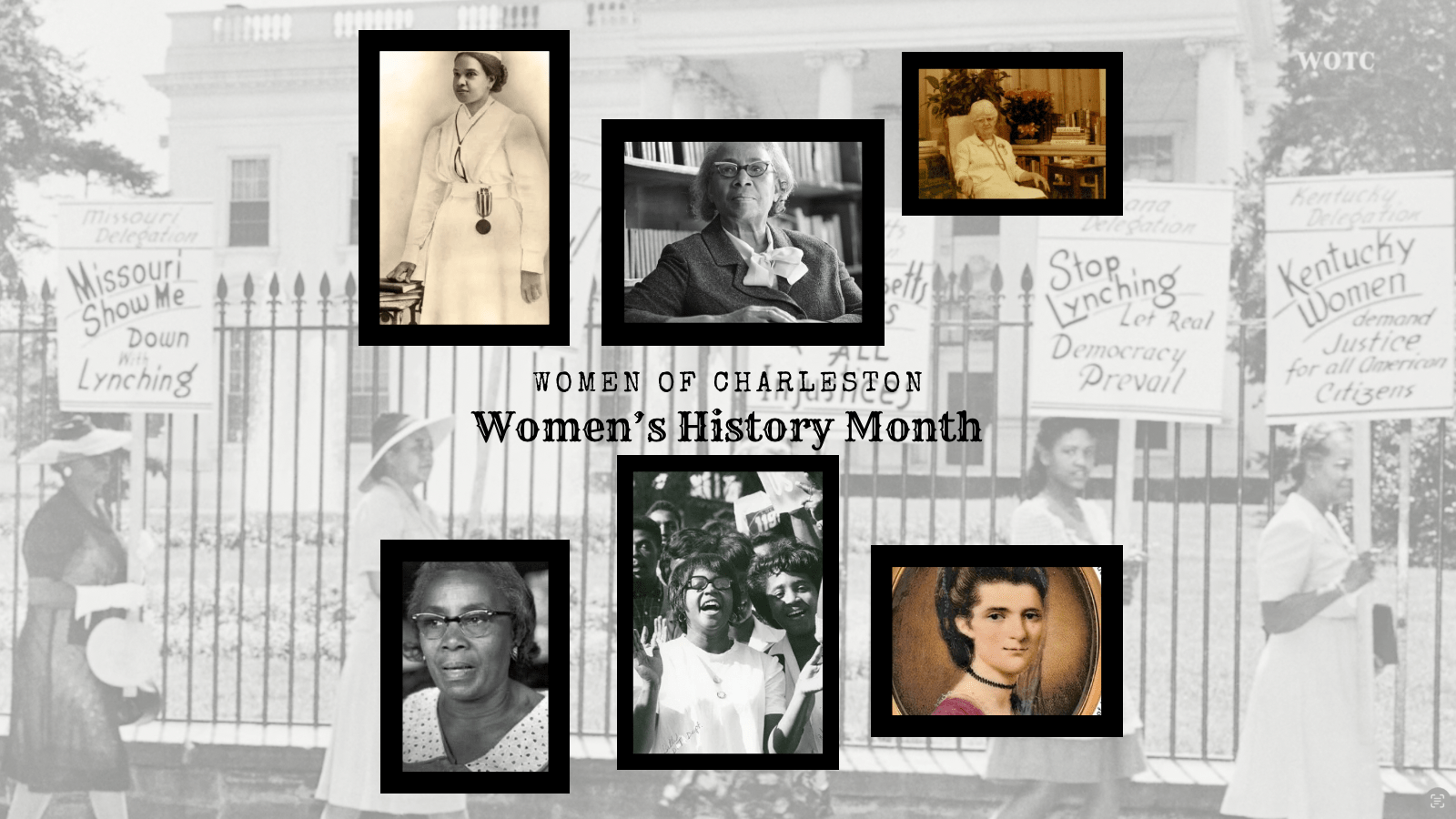
Charleston has been home to many of the country’s most famous female movers and shakers.
From Civil Rights activists to entrepreneurs and leaders, Charleston famous women made headlines in their day — and still continue to attract national attention.
Discover some of Charleston’s famous women and how you can visit sites dedicated to their contributions to the Holy City.
Charleston Famous Women
The shortlist of Charleston famous women includes:
- Anna DeCosta Banks
- Mary Moultrie
- Elizabeth Timothy
- Eliza Seymore Lee
- Laura Mary Bragg
- Septima Poinsette Clark
Of course, these are just a few of our favorites! There are so many famous female Charlestonians, that it would be impossible to include them all in this list.
Read on to find out how these women affected the world — and how you can visit sites related to their history.
Tips for Visiting Sites Dedicated to Charleston’s Famous Women
Be Respectful
Not all of these sites are open to the public, so you can’t enter every building on this list. Since many of these locations are privately owned, it’s important to be respectful of the current residents.
Don’t trespass on private property, ask permission before taking photos, and keep noise to a minimum.
If the site is public, check ahead to see if you need to make an appointment before visiting.
Do a Little Research
Charleston has been home to so many innovative women. If you don’t see your “favorite” ones on this list, don’t worry — it’s relatively easy to find sites connected to Charleston’s famous women.
You might be surprised how many different women shaped Charleston’s history. From artists to authors to entrepreneurs and activists, the list goes on and on.
Charleston’s famous women can be found all over the city, including at art museums, history museums, and markets.
Hire a Tour Guide
If all of this research has you feeling a little overwhelmed, you’re not alone. There are so many hidden female figures in Charleston’s history that finding them isn’t always easy.
We offer private tours that can be tailored to suit your needs. Many of our public tours also cover some of Charleston’s famous women.
Our talented tour guides can tell you stories about the unsung heroines of Charleston.
Sites to Learn About Famous Women of Charleston
If you want to visit some of the sites that are dedicated to famous female Charlestonians, you don’t need to travel too far from Downtown.
Some of the stops on this self-guided tour are open to the public, while others you can just “visit” from the street.
Medical University of South Carolina – Anna DeCosta Banks & Mary Moultrie
The first stop on our self-guided tour of Charleston’s most famous women is the Medical University of South Carolina (MUSC).
Located just west of Downtown, the MUSC is home to the Waring Historical Library, a collection of rare books. It features online and physical exhibits, some of which are dedicated to Anna DeCosta Banks, who worked at the Hospital and Training School for Nurses in Charleston.
DeCosta Banks was one of the first graduates of Hampton’s Dixie Hospital of Nursing. She fought for more equitable care for black patients as well as funding for schools that trained African American nurses.
The Waring Historical Library is open to the public from 10:00 am to 4:00 pm on weekdays, though you need to make an appointment to visit by submitting a reference request.
Another famous Charleston woman associated with the MUSC is Mary Moultrie.
Moultrie was a nurse who worked at the hospital, who in 1969, led a 113-day strike to fight for equal working conditions and treatment for black workers. Moultrie also helped organize the hospital employee union.
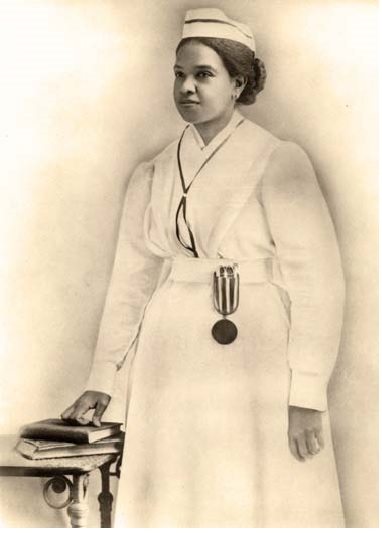
Anna DeCosta Banks
St. Philip’s Church – Elizabeth Timothy
Elizabeth Timothy was the first woman to hold the role of publisher and editor in the U.S. in the year 1739.
Elizabeth’s husband, Lewis, had been hired to run the South Carolina Gazette the previous year. Yet when Lewis died suddenly, Elizabeth was faced with the task of what to do with the one-year contract her husband had signed.
Though women couldn’t hold the title of publisher, Elizabeth took over the Gazette and ran the paper for nearly a decade. After which her son took over the position in 1746.

92 Tradd Street – Eliza Seymour Lee
92 Tradd Street is where Eliza Seymour Lee, esteemed caterer, baker, and entrepreneur, ran her business in the 1830s.
In 1824, Lee inherited her mother’s pastry shop and its enslaved workers. Over the next few decades, the Lees purchased nearly a half-dozen properties to run the catering and pastry business.
The Lees also opened restaurants and hotels in these properties as well as catered meals for some of the city’s most exclusive events.
It’s believed that the Heinz 57 original recipe was developed by Lee’s mother, which Lee sold to Heinz in the 1850s.
92 Tradd Street is a private home, so you can only visit this stop by admiring it from the sidewalk.

92 Tradd Street House Purchased by Eliza Seymour Lee in 1835
Heyward Washington House – Laura Mary Bragg
In 1920, Laura Mary Bragg was the first woman to be the director of a museum in the U.S. — specifically at the Charleston Museum. (Though the Charleston Museum is not on the list of sites to visit on this list, it’s another must-see attraction!)
During her time as director here, she was partially responsible for the museum’s acquisition of the Heyward-Washington House, which was once owned by Thomas Heyward, Jr., a signer of the Declaration of Independence.
You can visit both the Charleston Museum and the Heyward Washington House seven days a week, as they’re both open to the public.
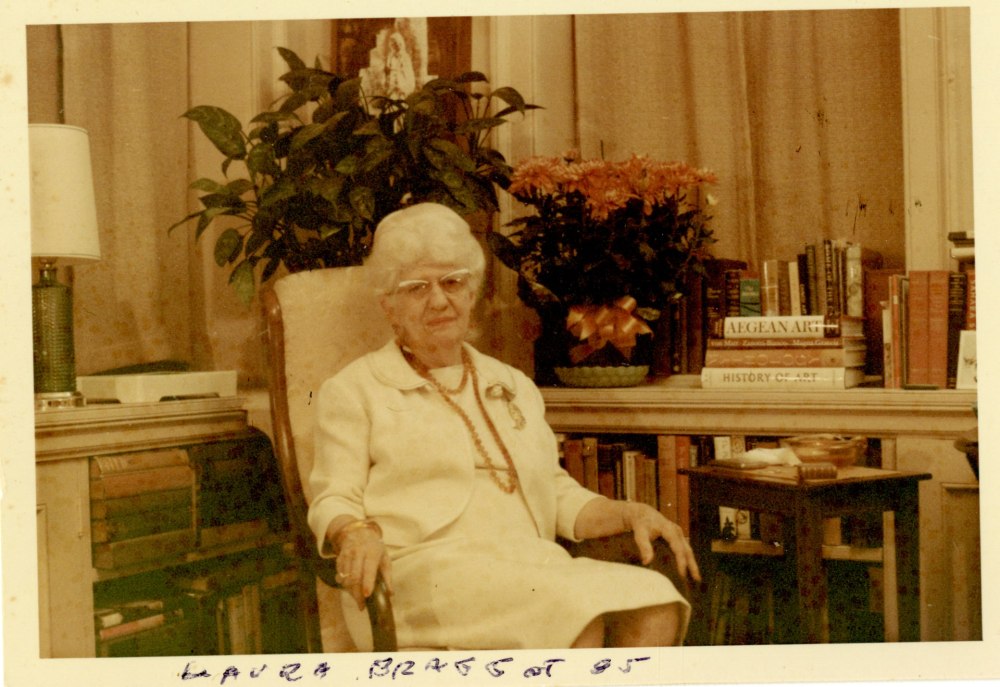
Laura Bragg at age 85
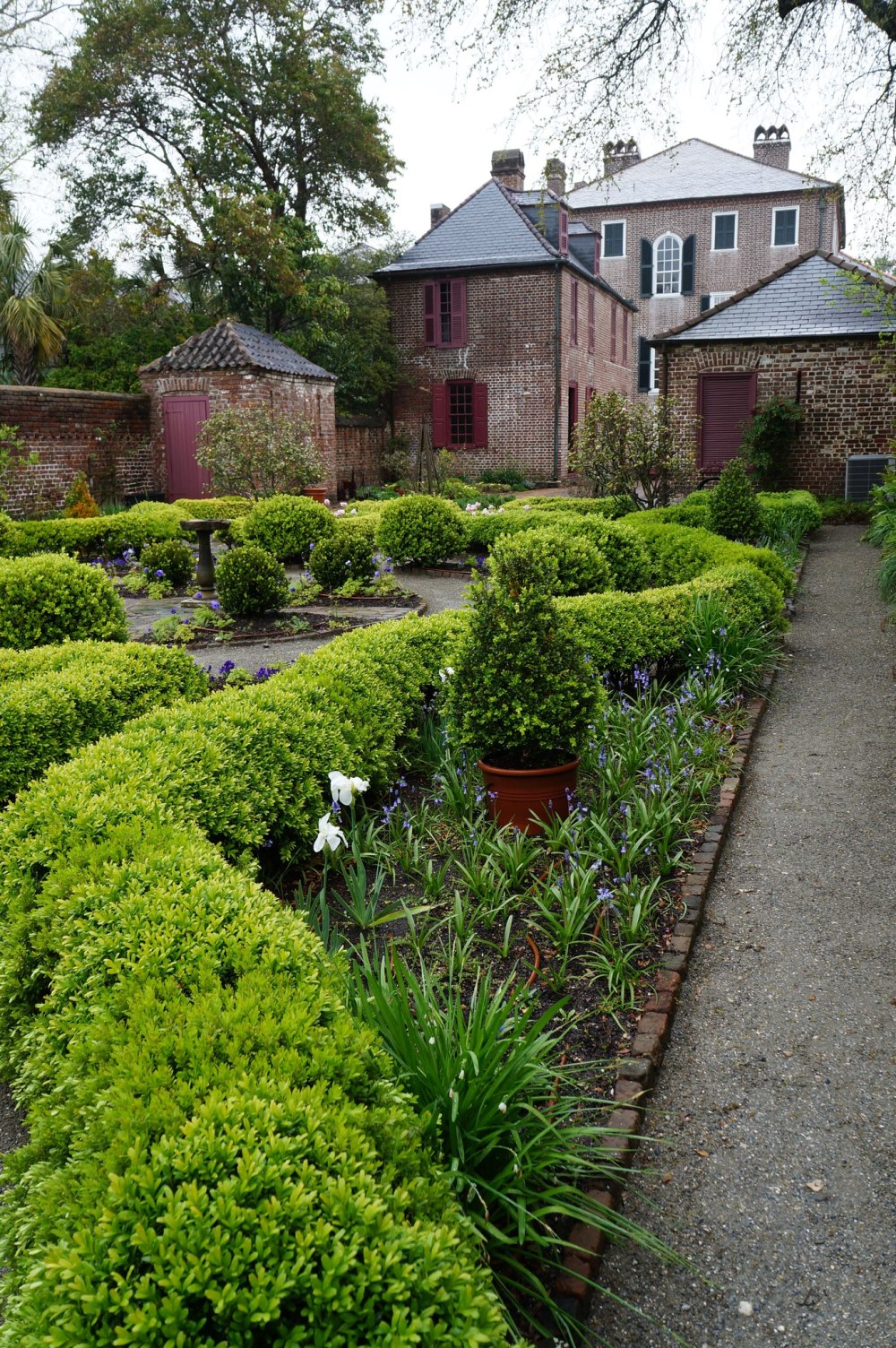
Heyward Washington House Garden
105 Wentworth – Septima Poinsette Clark
105 Wentworth Street was the birthplace of Septima Poinsette Clark, a Civil Rights activist who was awarded the Living Legacy Award in 1982.
Because of segregation laws, Poinsette Claire was not allowed to teach in all-white public schools. Through the NAACP, she advocated for the integration of schools and was subsequently fired by the Charleston City School Board.
Afterward, she created programs to help black Americans learn to read and write — specifically, so they could pass literacy tests, which were required before being able to vote.
105 Wentworth is now the College of Charleston’s Kappa Sigma Fraternity house, so it’s not possible to visit the inside. Instead, you can admire this building from the street.
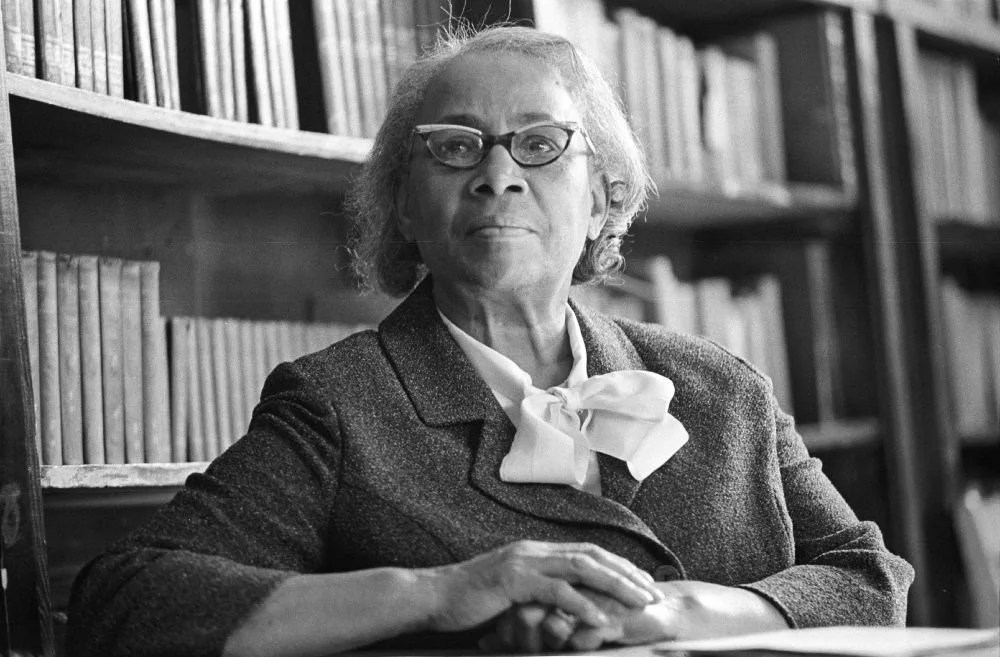
Bob Fitch photography archive, © Stanford University Libraries

105 Wentworth
